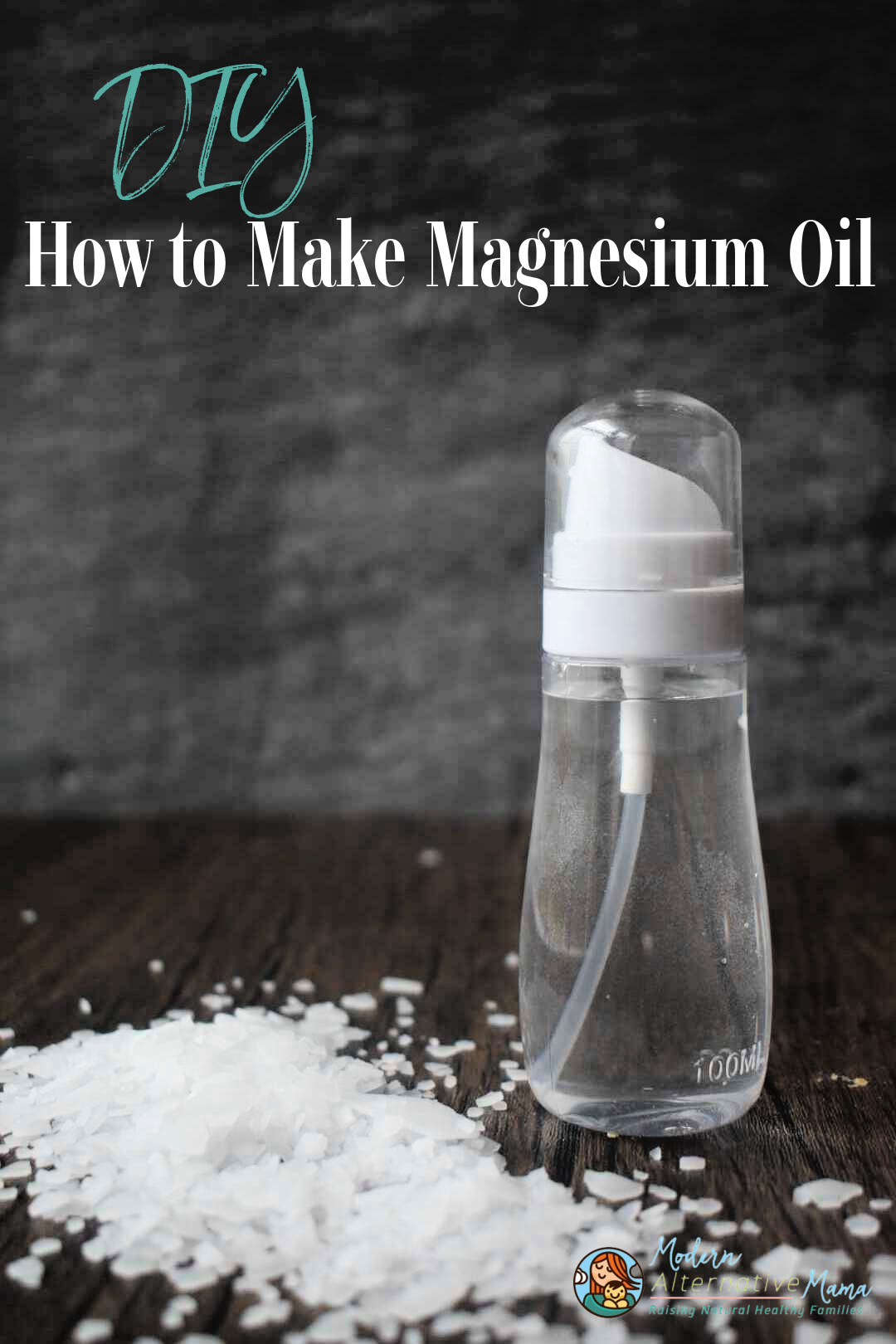Written by Kate Tietjecurrently, the common practice is to place a clamp on the cord immediately, stopping blood flow to the baby, and cut the cord soon after. We have forgotten that the umbilical cord still has one last job.
Historically, the umbilical cord was not clamped and cut immediately. The first records of the umbilical cord being cut before the delivery of the placenta are from the 17th century. From here, it began to become routine, even though people warned against the practice, among them Erasmus Darwin, an English physician in the 1800’s:
“Another thing very injurious to the child, is the tying and cutting of the navel string too soon; which should always be left till the child has not only repeatedly breathed but till all pulsation in the cord ceases. As otherwise the child is much weaker than it ought to be.”
It became one of the first routine medical interventions during labor and birth, admittedly without much study given to the consequences of doing so.
Current Practice and What We Know
This intervention has persisted for hundreds of years. Today, the benefits of waiting to clamp the umbilical cord for at least a few minutes or until the cord has stopped pulsating are well documented. Several medical groups even include so-called “delayed” cord clamping in their recommended guidelines, yet this hasn’t necessarily changed medical practice, as such changes often run years behind recommendations.
We know that clamping the umbilical cord early:
- Decreases blood volume and hemoglobin
- Decreases iron stores and increases the risk of developing iron deficiency anemia in infancy, which can affect brain development
- Worsens oxygen transport and red blood cell flow in the baby
- Increases the need for blood transfusions
- Leads to lower respiratory rates and lower birth weights
Particularly for preterm infants, early cord clamping:
- Leads to worse cardiovascular transitions
- Increases the frequency of intracranial hemorrhage
- Increases the amount of time spent on oxygen and ventilation
- Increases the risk for intraventricular hemorrhage and respiratory complications
- Increases the risk of late-onset sepsis
- Increases the need for blood transfusions, which is associated with NEC– an intestinal infection that primarily affects preemies and has high rates of morbidity and death
You may have noticed that I have described these effects differently than most. Rather than stating that delayed cord clamping “decreases” the risk of developing anemia, I have purposely taken a different perspective by saying that not delaying cord clamping increases the risk of such a thing. This is not to be unnecessarily negative, but since waiting to clamp the umbilical cord is the biological norm, the risk of a certain event increases or decreases from that starting point, which should be reflected in how we discuss such things. This allows us to more fully understand what we are really doing when we clamp the umbilical cord early in a way that nature did not intend.
The Value of Cord Blood
There is something else we know about cord clamping, which I find the most compelling reason to wait to clamp the cord until it has stopped pulsating and all the blood has returned to the baby. We know that umbilical cord blood is rich in stem cells and immunoglobulins. The value of umbilical cord blood is undisputed — there are even companies encouraging parents to pay to have their baby’s cord blood extracted right at birth and saved in case their child should ever need the stem cells contained within for medical treatment- or to donate it to be used for someone who needs such treatment currently.
But rather than depriving a baby of their blood and setting it aside in case such stem cells are needed later in life, this amazing stem cell-rich blood is important for your baby to receive right at birth!
In 2010, a group of doctors came together to report their findings regarding umbilical cord blood and even refer to it as “Mankind’s First Natural Stem Cell Transplant!” These valuable stem cells are meant to flow into your baby when they are born and be used right then to do such things as improve organ repair needed from the birth (and presumably address other issues as well) and may even have future protective benefits.
Cord blood contains several types of stem cells, which we know are vital for developing many of our body’s systems before birth. Since our bodies continue to develop after birth, if these stem cells cannot get into the body due to immediate cord clamping, it may predispose the infant to developing certain conditions later in life. In other mammals, this blood transfusion from the placenta to the baby continues normally, but humans interfere with this by early cord clamping without evidence to support this practice.
The article concludes that (emphasis mine):
“…autologous transplantation of stem cells naturally occurs in nature at birth in mammals via the umbilical cord. A delay in the cord blood clamping may increase the stem cell supply to the baby, thereby allowing an innate stem cell therapy that can promote acute benefits in the case of neonatal disease, as well as long-term benefits against age-related diseases. We therefore propose based on the current literature that delayed cord blood clamping should be strongly considered in all healthy babies and when safe to do so in preterm babies.”
Taking the Long Term View
Some medical groups conclude that there is no difference in immediate birth outcomes (such as APGAR scores) between infants who have had delayed cord clamping and those who have had immediate cord clamping, and this is true — yet it is also very short-sighted. Suppose you’re like me and prefer to take a long-term view into account, along with understanding the physiology of our bodies and respecting its design. In that case, you will see why waiting to clamp a baby’s umbilical cord is important and the harm that can come of depriving a baby of this blood by clamping the cord too early.
Talk with your care provider about waiting to clamp the cord when your baby is born if at all possible (there are some cases where it is not, but that is unusual- and you can even wait to clamp the cord if you have a c-section). Write it into your birth plan and ask your partner or doula to be aware at the moment of birth and remind whoever else is in the room to leave the cord alone. I bold this section of my birth plan and include the need for verbal consent from me before the cord is to be clamped- because I think it’s just that important!








I am going to look into this for my upcoming delivery . How long long in the study did they suggest to wait before clamping?
leave the cord intact and bless your baby with a lotus birth.
Umbilical cord plays an important role since it connects your baby to the placenta. It is the way as well to transfer nutrients to the baby. Without the cord, it would be hard to form a baby inside a mothers stomach.